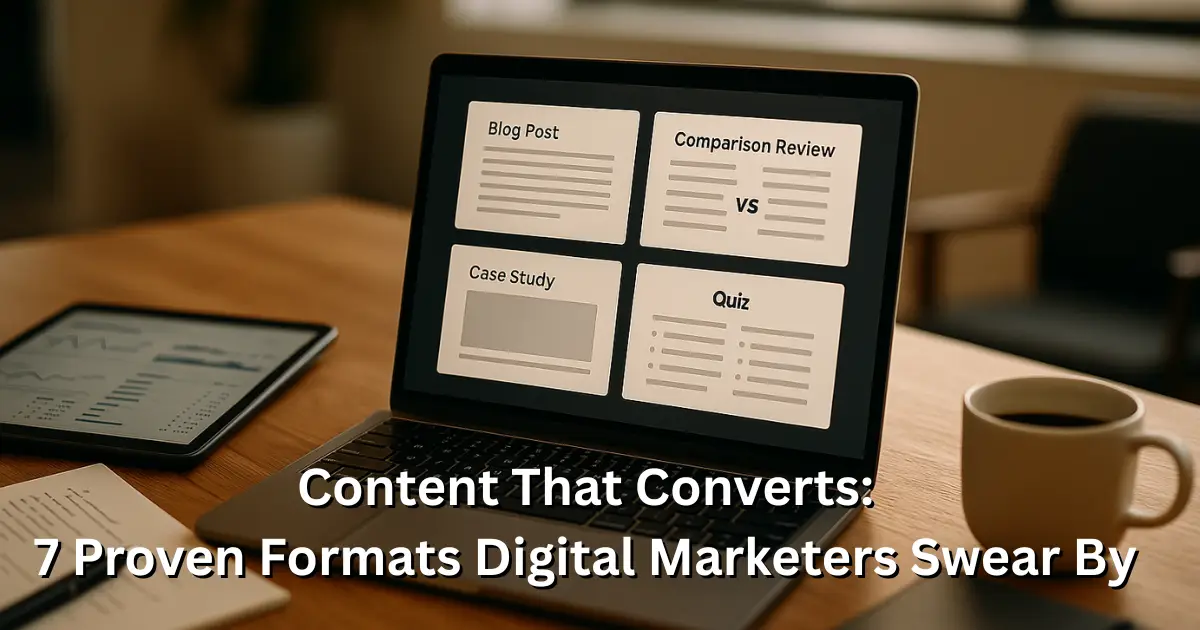Case Study: My First $100 Solo Ad Campaign
(What Worked, What Didn’t)
Three months ago, I decided to test solo ads for the first time. After reading countless success stories and watching YouTube videos promising “instant traffic,” I was ready to dive in with my $100 budget.
What happened next was a mix of small wins, frustrating losses, and invaluable lessons that completely changed how I approach traffic generation.
Here’s the complete breakdown—numbers, mistakes, and all.
The Setup: What I Was Promoting
Niche: Online business/make money online
Offer: Lead magnet (free guide) leading to a $97 affiliate product
Landing Page: Simple opt-in page with headline, bullet points, and email form
Email Sequence: 5-email autoresponder sequence
Tracking: ClickMagick (more on this later)
I chose the make money online niche because it seemed like solo ads performed well there based on my research. The affiliate product had a 50% commission rate, so each sale would net me $48.50.
My math was optimistic: Get 200 clicks, achieve a 25% opt-in rate (50 leads), convert 10% to sales (5 sales), and make $242.50. Easy profit, right?
Reality had other plans.
The Numbers: Complete Breakdown
Solo Ad Vendor 1: “HighConvert Traffic” – $60 spent
- Clicks Promised: 120 clicks
- Clicks Delivered: 127 clicks (good!)
- Opt-ins: 18 leads (14.2% conversion rate)
- Sales: 0
- Cost per Click: $0.47
- Cost per Lead: $3.33
Solo Ad Vendor 2: “TrafficPro” – $40 spent
- Clicks Promised: 80 clicks
- Clicks Delivered: 73 clicks (short delivery)
- Opt-ins: 12 leads (16.4% conversion rate)
- Sales: 1 (after 3 weeks)
- Cost per Click: $0.55
- Cost per Lead: $3.33
- Revenue: $48.50
Total Campaign Results:
- Total Spent: $100
- Total Clicks: 200
- Total Leads: 30
- Total Sales: 1
- Revenue: $48.50
- Net Loss: -$51.50
- Overall Opt-in Rate: 15%
- Lead-to-Sale Conversion: 3.3%
What Worked Better Than Expected
1. Traffic Quality from Vendor 2
While TrafficPro delivered fewer clicks than promised, the traffic quality was noticeably better. The clicks came from their recent broadcast (within 24 hours), and the engagement was higher. People stayed on my landing page longer and seemed more genuinely interested.
2. My Email Follow-Up Sequence
My 5-email sequence performed decently well with industry-standard open rates around 28% and click rates of 4.2%. The one sale came from email #4, which focused on scarcity and social proof. According to email marketing benchmarks, these numbers aligned with average performance for the business/finance niche.
3. ClickMagick Tracking Accuracy
Using ClickMagick was one of the smartest decisions I made. The platform showed me exactly where my traffic was coming from, which ads were converting, and helped me identify click quality issues. Without proper tracking, I would have been flying blind.
4. Mobile Optimization
About 73% of my clicks came from mobile devices. Thankfully, my landing page was mobile-responsive, which likely saved several potential opt-ins.
What Went Wrong (The Expensive Lessons)
1. Choosing the Wrong First Vendor
“HighConvert Traffic” looked impressive on their sales page—testimonials, case studies, the works. But their traffic felt artificial. High bounce rates, extremely short page visits, and zero engagement suggested bot traffic or very low-quality subscribers.
Lesson: Start small with any new vendor, regardless of their marketing claims.
2. Weak Landing Page Copy
My landing page headline was generic: “Free Guide: How to Start Making Money Online.” Looking back, it lacked specificity and urgency. The bullet points were benefits-focused but didn’t address specific pain points.
Red Flag: My best-performing traffic source had only a 16.4% opt-in rate, when industry leaders often see 25-40% with solo ad traffic.
3. Inadequate Email Sequence
While my sequence wasn’t terrible, it was basic. I sent one welcome email that was purely informational, then jumped straight into promotional content. I should have focused more on building trust and providing value upfront—something I learned more about from this guide on creating welcome emails that sell.
4. No Follow-Up Strategy for Non-Buyers
After my 5-email sequence ended, I stopped emailing. This was a huge mistake. The person who eventually bought waited 3 weeks, and several others opened emails consistently but never purchased. I should have continued nurturing with valuable content.
5. Poor Vendor Research
I chose vendors based on their marketing materials rather than doing proper due diligence. I didn’t ask for recent stats, verify their list quality, or request references from other buyers.
The Hidden Costs I Didn’t Expect
Beyond the $100 ad spend, I had additional costs:
- ClickMagick subscription: $27 (monthly)
- Landing page hosting: $12
- Email autoresponder: $19
- Time investment: ~15 hours researching, setting up, and analyzing
True campaign cost: $158
Net loss: -$109.50
What I’d Do Differently Next Time
1. Start with Udimi
After this experience, I researched solo ad marketplaces and found that Udimi offers better buyer protection, verified sellers, and transparent rating systems. According to GetResponse’s solo ads guide, marketplace platforms provide more accountability than direct purchases.
2. Improve My Landing Page
My next landing page would include:
- More specific, benefit-driven headlines
- Social proof and testimonials
- Scarcity elements (limited-time bonus)
- Better mobile optimization
- A/B testing setup from day one
3. Create a Longer Email Sequence
Instead of 5 emails, I’d create a 10-14 day sequence focused on:
- Days 1-3: Pure value, building trust
- Days 4-7: More value with soft product mentions
- Days 8-14: Promotional content with different angles
4. Budget for Testing
Rather than spending $100 with two vendors, I’d spend $150 across 4-5 smaller tests ($25-30 each) to identify quality traffic sources before scaling up.
5. Focus on Higher-Ticket Products
Promoting a $97 product made it nearly impossible to achieve profitability with my conversion rates. A $297+ product would have made the math much more forgiving.
The Unexpected Silver Lining
While I lost money on this campaign, those 30 email subscribers became valuable assets. Over the following months, I promoted other affiliate offers to this list and eventually recovered my losses plus an additional $127 in commissions.
More importantly, one subscriber became a coaching client worth $2,500, though I can’t directly attribute this to the solo ad campaign.
Key Takeaways for First-Time Solo Ad Buyers
- Start Small: Test with $25-50 per vendor before scaling
- Quality Over Quantity: Better to get 50 high-quality clicks than 150 low-quality ones
- Track Everything: Use proper tracking tools from day one
- Research Vendors: Look for recent buyer reviews and verified statistics
- Optimize Your Funnel First: Make sure your landing page and email sequence convert well with other traffic sources
- Plan for Long-Term Value: Focus on lifetime customer value, not just immediate ROI
- Budget Realistically: Include all associated costs in your calculations
Was It Worth It?
Despite losing $109.50, this campaign taught me more about direct response marketing than months of consuming courses and blog posts. The hands-on experience revealed gaps in my knowledge and forced me to improve my fundamental skills.
Six months later, I’m running profitable solo ad campaigns consistently, but it took this expensive education to get there.
Final Thoughts
Solo ads aren’t a magic bullet for instant profits, especially for beginners. The learning curve is steep, and the costs can add up quickly. However, when done correctly, they can be an effective way to rapidly scale your email list and test new markets.
If you’re considering your first solo ad campaign, budget for education expenses, not just advertising costs. Start small, track everything, and focus on building systems that provide long-term value rather than chasing quick wins.
The traffic is real, the potential is there, but success requires more than just writing a check. Treat your first campaign as a learning investment, and you’ll be setting yourself up for eventual profitability.
Have you tried solo ads? What was your experience? Share your results (good or bad) in the comments below—real case studies help all of us make better decisions.




